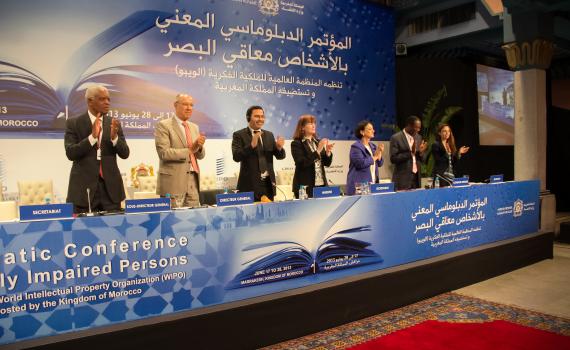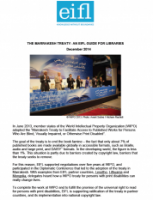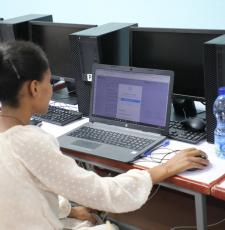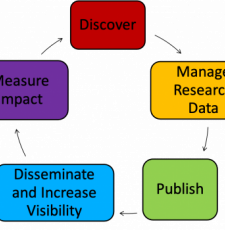
In June 2013, member states of the World Intellectual Property Organization (WIPO) adopted the “Marrakesh Treaty to Facilitate Access to Published Works for Persons Who Are Blind, Visually Impaired, or Otherwise Print Disabled”.
Libraries are key to the success of the treaty for two main reasons. Throughout the world, libraries have a long history serving people with print disabilities, and only blind people’s organizations, libraries and other so-called “authorized entities” can send accessible format copies to other countries.
Because the treaty provides countries with important policy options, librarians need to be involved in the development of implementing national legislation to ensure the maximum possible benefit, and to effectively meet the objective of the treaty - to end the book famine for print disabled people.
EIFL is supporting ratification of the treaty in partner countries, and its implementation into national copyright law.
ABOUT THE GUIDE
The EIFL guide - the first of its kind - is in two parts.
Part One is a straightforward introduction to the treaty, its key provisions, and the role of libraries in contributing to the treaty’s objectives.
Part Two provides a practical interpretation of the major technical provisions, with recommendations, in line with public interest goals of enabling access to knowledge.
While the guide is aimed at libraries, it can be easily adapted for use by other institutions meeting the treaty’s definition of “authorized entity”. It will also become available in French and Russian.

SHARE / PRINT









